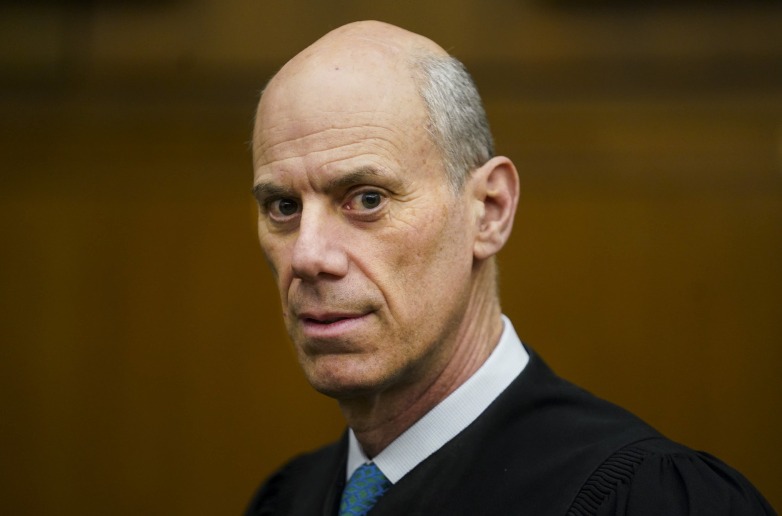A federal judge ordered the Trump administration to preserve chats conducted by senior officials via the Signal messaging app, including messages mistakenly shared with a reporter earlier this month concerning an imminent military operation in Yemen.
US District Judge James Boasberg issued the ruling on Thursday at the request of a transparency group that sued, alleging the app’s auto-delete function risked destroying the messages in violation of the Federal Records Act.
During a brief afternoon hearing, Justice Department lawyer Amber Richer told Boasberg such an order was unnecessary because the relevant agencies were already taking steps to preserve the records. However, she did not object to the judge reinforcing this with a court order.
“We are still in the process of working with the agencies to determine what records they have, but we are also working with the agencies to preserve the records they do possess,” Richer said.
However, the government lawyer appeared to acknowledge a court filing made earlier in the day by a Treasury Department official, which suggested that Treasury Secretary Scott Bessent currently possesses only a portion of the message chain related to the Yemen strike.
The journalist added to the message chain, The Atlantic editor Jeffrey Goldberg, reported that the chat began on March 11. Yet, Bessent only has messages starting from the afternoon of March 15. It remains unclear why Bessent failed to preserve the earlier messages or whether other senior officials in the chat retained them.
Richer stated to Boasberg, “I want to note that we are still determining what records the agencies possess.”
The Atlantic published parts of the messages earlier this week and the remainder on Wednesday after the White House stated it did not consider the exchanges classified, even though they described the scope and timeline of a military operation that had not yet occurred.
According to The Atlantic‘s report, national security adviser Mike Waltz, who initiated the exchange, had initially set the messages to auto-delete after one week but later changed the duration to four weeks.
Speaking from the bench, Boasberg ordered the defendants in the case—Secretary of State Marco Rubio, Treasury Secretary Scott Bessent, Defense Secretary Pete Hegseth, Director of National Intelligence Tulsi Gabbard, and CIA Director John Ratcliffe—”to preserve all Signal communications between March 11 and March 15.”
This directive appears broader than just the messages shared with Goldberg; it could encompass other Signal messages sent or received by the officials during that period.
A Pentagon lawyer also submitted a written declaration stating the Defense Department was attempting to preserve these records as well but did not claim any records had been recovered. The administration suggested that The Atlantic‘s publication of the entire exchange, except for the redaction of a CIA officer’s name, ensured the messages’ preservation.
At the start of the hearing, Boasberg also responded to a social media post by President Donald Trump suggesting the judge had improperly gained control of the politically sensitive case.
Trump had called it “shameful” that the judge, an appointee of former President Barack Obama, was handling multiple legal cases involving the White House in recent weeks. In addition to the Signal case, Boasberg is presiding over a case involving Trump’s efforts to rapidly deport people using the Alien Enemies Act.
Boasberg addressed the matter, stating he “understood some questions had been raised” about how the court assigns cases. He explained that for the 15 active judges serving on the court, cases are randomly assigned across various categories in nearly all instances “to ensure a more even distribution of cases.”
Clerks use an electronic deck of cards within each category to determine which judge receives a newly filed case.
“That is how it works, and that is how all cases continue to be assigned in this court,” said Boasberg, who has served as the court’s chief judge since 2023.

 EUROPE2 days ago
EUROPE2 days ago
 DIPLOMACY2 weeks ago
DIPLOMACY2 weeks ago
 EUROPE1 week ago
EUROPE1 week ago
 MIDDLE EAST2 weeks ago
MIDDLE EAST2 weeks ago
 EUROPE2 weeks ago
EUROPE2 weeks ago
 ASIA2 weeks ago
ASIA2 weeks ago
 EUROPE1 week ago
EUROPE1 week ago
 AMERICA1 week ago
AMERICA1 week ago



















